Pikeville, Tennessee
A Town Shaped by Time
Pikeville, Tennessee
Where the Past Still Speaks
Pikeville’s story begins in the heart of the Sequatchie Valley, once part of Cherokee lands until the Treaty of Tellico in 1805 marked a turning point in the region’s history. By 1816, the town was established on land donated by Charles Love, a generous settler whose gift laid the foundation for Pikeville’s future. Just two years later, it became the county seat of Bledsoe County, replacing Madison and emerging as a hub for trade, travel, and civic life.
Situated along the stage route connecting Knoxville to Huntsville, Pikeville quickly grew into a bustling center where farmers, merchants, and travelers converged. By the 1830s, it boasted a courthouse, hotel, post office, and even a local academy — signs of a thriving town with deep community roots.
Today, Pikeville stands as the only incorporated town in Bledsoe County, preserving its legacy through architecture, tradition, and the enduring pride of its people.
Situated along the stage route connecting Knoxville to Huntsville, Pikeville quickly grew into a bustling center where farmers, merchants, and travelers converged. By the 1830s, it boasted a courthouse, hotel, post office, and even a local academy — signs of a thriving town with deep community roots.
Today, Pikeville stands as the only incorporated town in Bledsoe County, preserving its legacy through architecture, tradition, and the enduring pride of its people.
Civil War & Landmarks
Echoes of Pikeville’s Past
During the Civil War, Pikeville played a quiet but pivotal role in Tennessee’s wartime landscape. In August 1862, Confederate General Braxton Bragg led his Army of Tennessee north from Chattanooga, briefly using the Bledsoe County Courthouse as a field hospital. The town’s strategic location along the stage route made it a key stop for both Confederate and Union forces.
Just steps from the courthouse stands the John Bridgman House, built around 1830 by a prominent civic leader. His son, John M. Bridgman, organized the Tulloss Rangers, a Confederate infantry company formed in Bledsoe County. By 1863, Union troops had occupied the home, marking a dramatic shift in the town’s wartime experience.
Today, Pikeville’s historic district preserves these stories through well-kept structures and commemorative markers. The Ross House, now home to the Bledsoe County History Museum, offers a deeper look into the town’s evolution — from Cherokee lands to a Civil War crossroads to the vibrant community it is today.
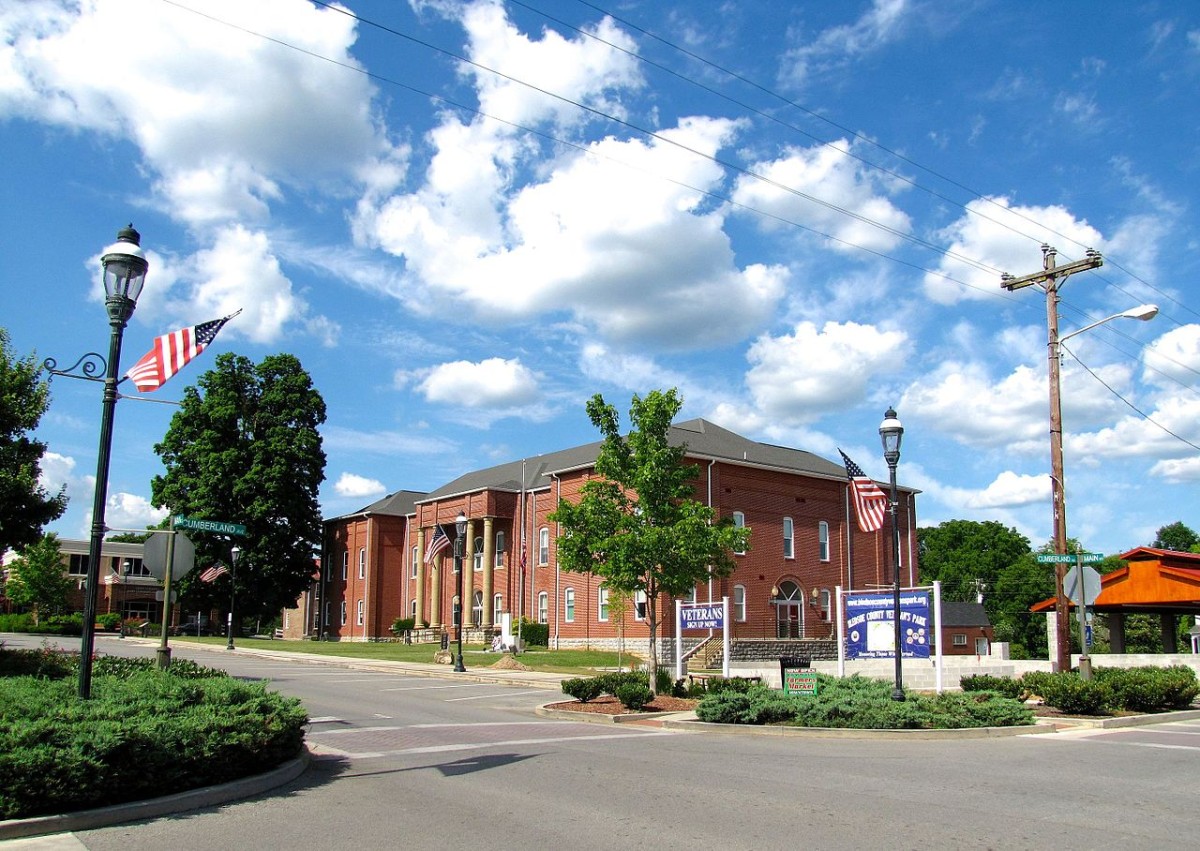
Bledsoe County Courthouse
Historically used as a hospital by
Confederate forces in 1862
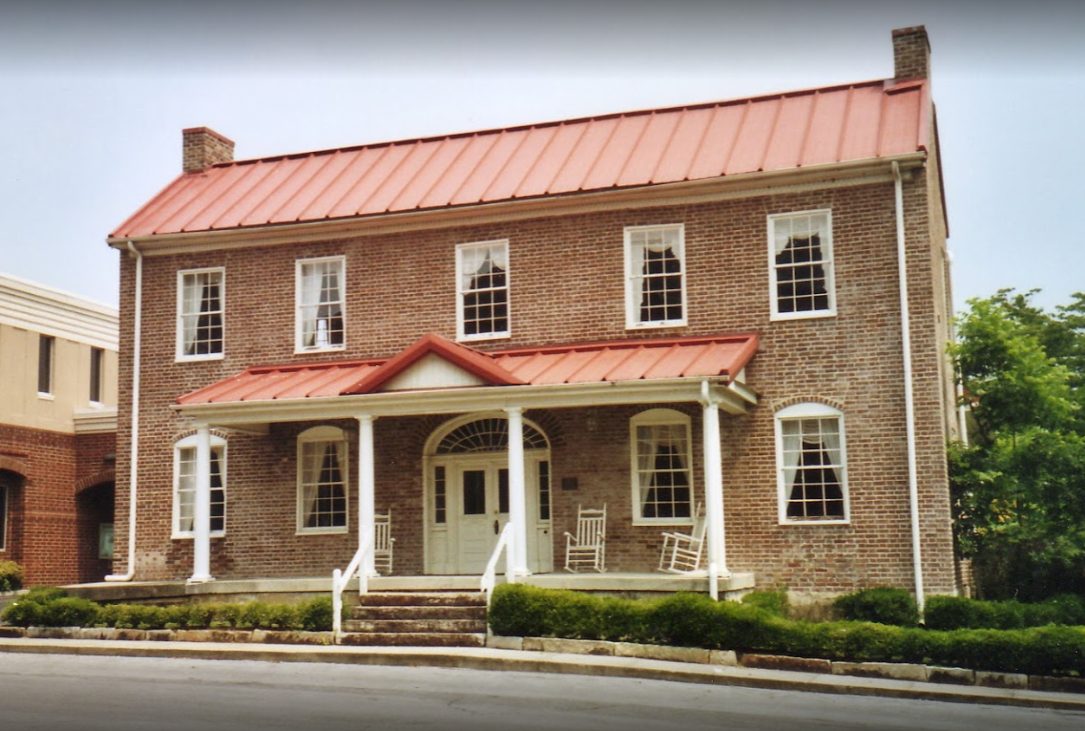
Bledsoe County Courthouse
A Federal-style home built circa 1830,
later occupied by Union troops

Bledsoe County Courthouse
A beautifully preserved structure
housing local artifacts
Industry & Innovation
From Stagecoach Stop to Railroad Town
By the 1830s, Pikeville had grown into a thriving settlement of 150 residents. Essential institutions were already in place — a hotel, a courthouse, and a U.S. Post Office served the town’s civic and commercial needs. Education was a priority, too: the Lafayette Academy opened its doors, offering instruction to local youth. In the 1850s, members of four denominations — Methodists, Baptists, Presbyterians, and Christians — united to build a shared church, reflecting Pikeville’s spirit of cooperation and faith.
As the Civil War loomed in 1860, Pikeville’s population had risen to 200. The town supported two hotels and saw several companies of Confederate soldiers depart for battle. But the war left its mark: in June 1863, Federal troops occupied Pikeville, casting uncertainty over daily life and reshaping the town’s role in the conflict.
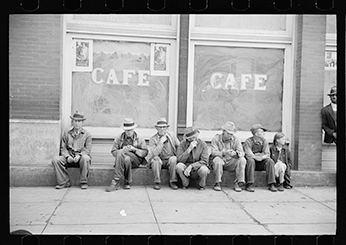
Bledsoe County Courthouse
Quiet, communal moment of 8 men
likely taking a break from work
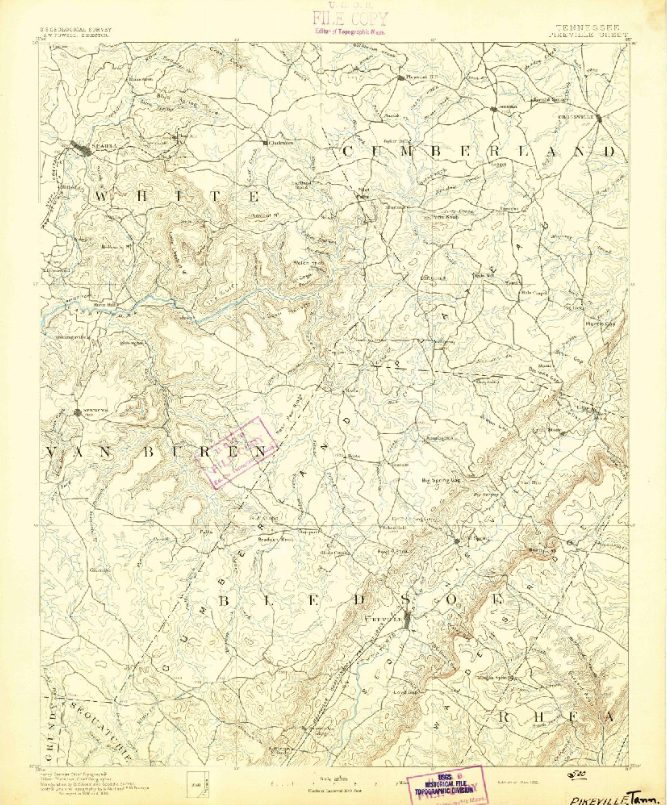
Bledsoe County Courthouse
A historical map portrays a highly detailed
snapshot of Pikeville

Bledsoe County Courthouse
Mid-20th century photograph showcasing
vintage storefronts and classic cars
Recovery began in earnest during the 1870s. The chartering of the St. Elmo Lodge provided a space for social gatherings and civic engagement, while the founding of Peoples College reaffirmed Pikeville’s commitment to education and community development.
The 1890s ushered in a wave of modernization. With the arrival of the Nashville-Chattanooga-St. Louis Railroad, Pikeville became a vital terminal for trade and travel. Telephones were introduced, connecting residents to the wider world. The launch of The Pikeville Banner, a weekly newspaper, and the founding of The People and Citizens banks marked a new era of communication and financial growth — signaling Pikeville’s transformation into a more connected and forward-looking town.
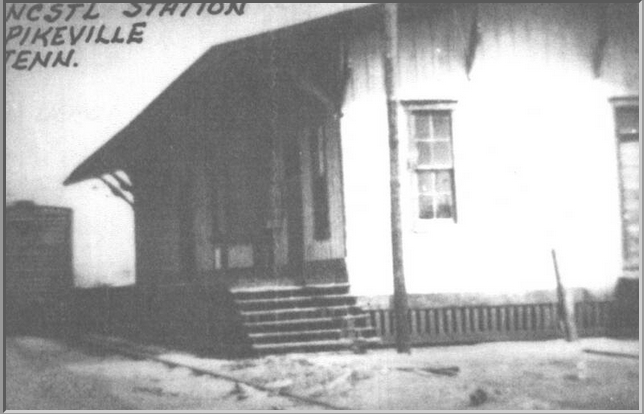
Pikeville Railroad Depot
Wooden depot stood as vital link in Sequatchie Valley
anchoring Pikeville's role in regional trade & travel

Engine 615 on Pikeville Branch
Powered freight & passenger service, symbolizing
the town's connection to regional industry and rail travel
By the early 1900s, Pikeville was embracing a new era of industry and innovation. The town’s role as a railroad terminal opened doors for expanded trade, while the introduction of electricity and telephones transformed daily life. Local businesses flourished, and civic infrastructure grew more sophisticated — signaling Pikeville’s shift from a rural crossroads to a modernizing hub.
One of the most influential figures in this transformation was Joy Vincent Wigle, a visionary engineer and entrepreneur whose work helped electrify Pikeville and modernize its utilities. Wigle’s ironworks and patented inventions brought practical solutions to the region, while his Coca-Cola bottling operation added a touch of industrial flair to the town’s economy. His legacy would continue through his sons, who contributed to education, infrastructure, and the development of U.S. Route 127 — further connecting Pikeville to the broader region.
This period marked a turning point in Pikeville’s identity: a town rooted in tradition, now powered by progress.
The Legacy of Joy Vincent Wigle
Engineering Progress, Inspiring Generations
<In the early 20th century, Pikeville’s transformation from a quiet railroad town to a modern civic hub was shaped in part by the ingenuity of Joy Vincent Wigle. Born in 1890, Wigle brought a spirit of invention and enterprise to Pikeville, leaving behind a legacy that still echoes through the town’s infrastructure and identity.
Wigle was instrumental in electrifying Pikeville, helping usher in a new era of connectivity and comfort. His work in iron fabrication and utility design led to several patented innovations, and his entrepreneurial ventures — including a Coca-Cola bottling operation — added industrial flair to the local economy. His engineering expertise wasn’t just technical; it was deeply personal, rooted in a desire to improve life for his neighbors and community.
That legacy continued through his sons, who contributed to education, infrastructure, and the development of U.S. Route 127, further connecting Pikeville to the region and beyond. Today, Wigle’s impact is visible not only in the town’s physical structures, but in its enduring spirit of progress, creativity, and civic pride.
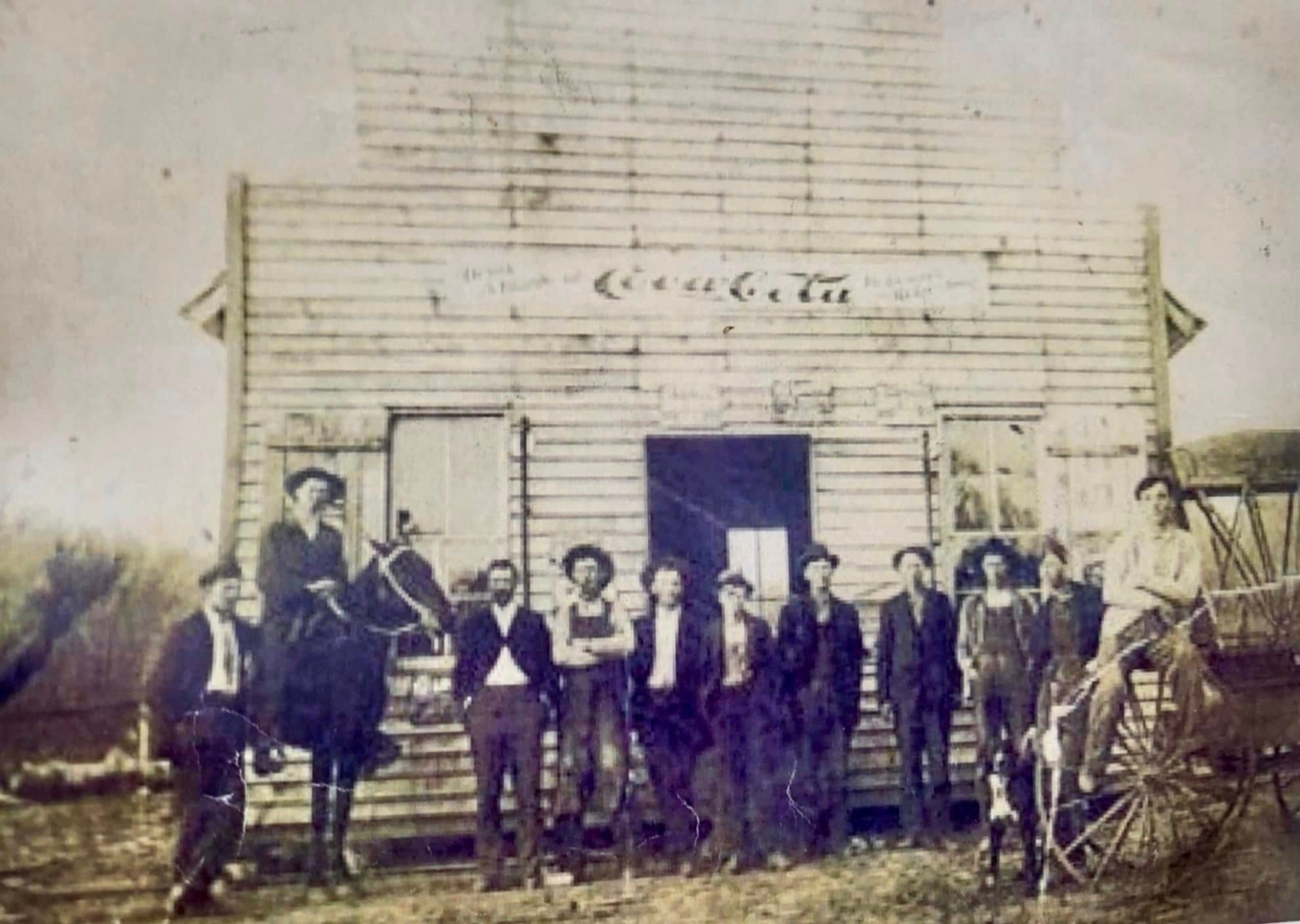
Pikeville Coca-Cola Bottling
Joy Vincent Wigle’s entrepreneurial legacy and Pikeville’s connection to regional manufacturing
The Farmer’s Impact
Rooted in the Land, Growing a Community
Long before Pikeville became a railroad terminal or civic hub, it was a gathering place for farmers — the lifeblood of the region’s economy and culture. Situated along the historic stage route between Knoxville and Huntsville, Pikeville emerged as a vital center for trade and supply. Farmers from the surrounding Sequatchie Valley brought their goods to town, exchanging crops, livestock, and handmade wares for essentials and service.
This agricultural rhythm shaped Pikeville’s layout and spirit. General stores, inns, and warehouses sprang up to support the steady flow of rural commerce. The town’s early prosperity was built not on industry alone, but on the enduring labor of those who worked the land.
Today, that legacy lives on in the Saturday Farmers’ Market, where neighbors gather to share fresh produce, baked goods, and crafts — echoing the traditions of Pikeville’s earliest marketplaces. It’s more than a transaction; it’s a celebration of community, stewardship, and the soil that still sustains the town.
>From the valley’s fertile fields to the heart of downtown, Pikeville’s story is inseparable from its farmers — the quiet architects of its resilience and charm.
Preservation & civic legacy
Honoring the Past, Investing in the Future
Pikeville’s history isn’t just preserved in books — it lives on in the architecture, streetscapes, and community spirit that define the town today. From the red-brick elegance of the Bledsoe County Courthouse to the Folk Victorian charm of the Dr. James A. Ross House, Pikeville’s historic district showcases craftsmanship, pride, and a deep respect for legacy. Many of these buildings are listed on the National Register of Historic Places, lovingly restored to reflect their original character.
In recent years, Pikeville has embraced thoughtful revitalization. A multi-phase Main Street streetscape redesign brought ornamental lighting, textured brick crosswalks, and pedestrian-friendly pathways — inviting visitors to slow down and experience the town’s charm. Additional enhancements along Spring Street created a welcoming corridor from the U.S. Highway 127 bypass to the heart of downtown, reconnecting Pikeville’s business districts and boosting local tourism.
Preservation here is more than restoration — it’s a reflection of civic pride. From the Ross House Museum to the Bellview School, Pikeville’s commitment to honoring its past ensures that future generations can walk the same streets, hear the same stories, and feel the same sense of belonging.
“In Pikeville, history isn’t just remembered – it’s lived, protected, and passed on with pride.”


